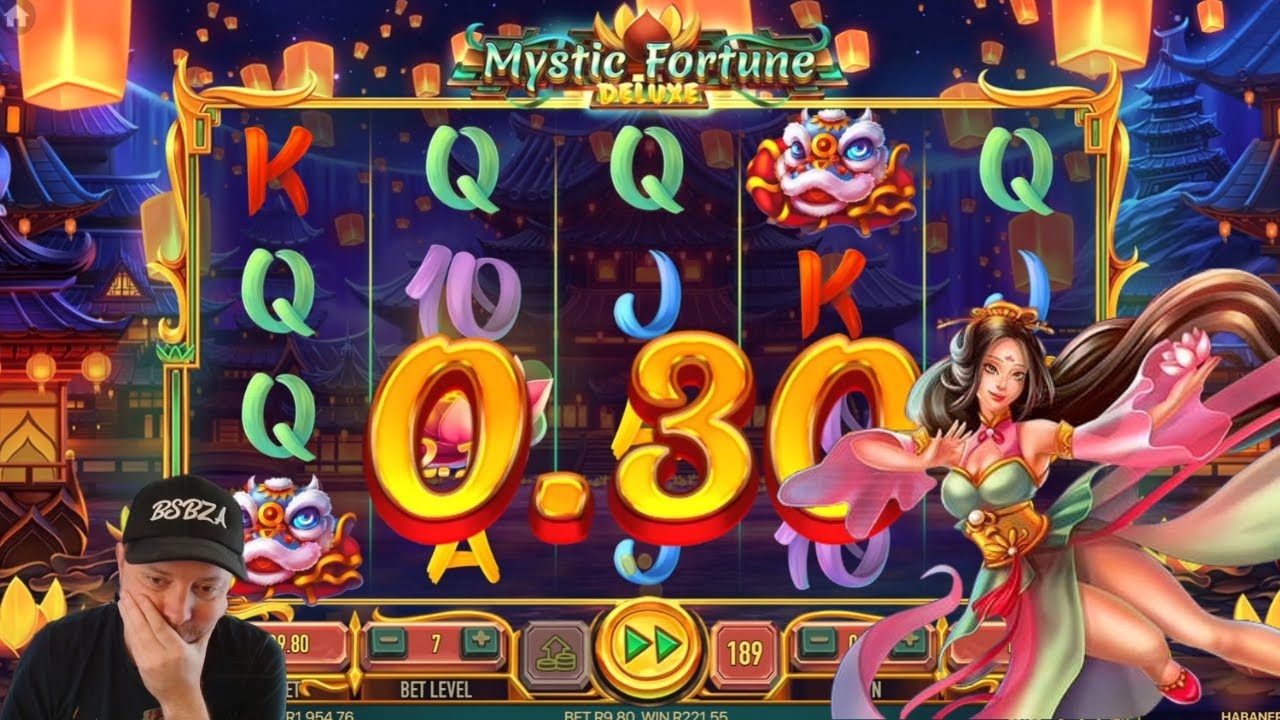Payout percentages directly influence online casino games’ perceived and actual value, creating fundamental relationships between mathematical expectations and player satisfaction. Games with higher return-to-player rates provide better theoretical value for participants, though many other variables affect the overall gaming experience and perceived worth. The correlation between payout rates and game value isn’t always linear, as entertainment factors often outweigh pure mathematical considerations. When evaluating gaming http://206.189.159.112/ players usually prioritise payout percentage information alongside other value indicators, including game variety, user experience quality, and bonus structures. These multiple value dimensions create complex decision-making scenarios where payout rates represent just one component of overall game assessment.
RTP calculation basics
Return-to-player percentages represent mathematical calculations based on millions of theoretical game rounds, showing how much money returns to players over extended periods. These percentages don’t predict individual session outcomes but establish baseline expectations for what portion of total wagers will eventually return to the player base. Games typically range from 88% to 98% RTP, with higher percentages indicating better mathematical value for participants. The calculation methodology involves analysing all possible game combinations and their associated payouts to determine weighted average returns. This process accounts for bonus features, special symbols, and jackpot contributions that affect overall payout structures. While these calculations provide accurate theoretical frameworks, they require substantial play volumes to manifest in actual results that mirror the mathematical projections.
Game selection criteria
- Volatility levels that match individual risk tolerance and session duration preferences
- Bonus feature frequency and potential that enhances entertainment value beyond base game mechanics
- Theme preferences and visual appeal that contribute to overall enjoyment during extended play sessions
- Minimum and maximum bet ranges that accommodate personal budget constraints and betting strategies
- Progressive jackpot contributions that offer additional value through potential ample prize opportunities
- Mobile compatibility features that provide consistent value across different gaming platforms and devices
Player perception analysis
Player value assessments extend beyond mathematical payout percentages, including subjective factors like entertainment quality, visual appeal, and emotional engagement. Many players willingly accept lower RTP games if they offer superior entertainment value through compelling themes, innovative features, or exceptional production quality. This preference pattern demonstrates that perceived value often differs substantially from mathematical value calculations. The psychological impact of winning frequency also influences value perception independently of overall payout percentages. Games that provide frequent small wins may feel more valuable than mathematically superior options that produce wins less regularly. This perception effect creates situations where lower RTP games with higher hit frequencies receive better player reception than games with superior mathematical profiles but less frequent positive feedback.
Market competition dynamics
Competitive pressure drives payout percentage improvements as operators seek to attract players through superior mathematical value propositions. Markets with numerous competing platforms typically feature higher average RTP rates than monopolistic environments where operators face limited competitive pressure. This dynamic creates ongoing improvement trends that benefit players through gradually increasing payout standards across the industry. The relationship between game development costs and payout percentages influences market value propositions. Premium games with high production values often justify slightly lower RTP rates through superior entertainment value, while simpler games compete primarily on mathematical merit through higher payout percentages. This creates diverse value ecosystems where different player segments find optimal matches for their priorities and preferences. Quality operators balance mathematical and entertainment values to create sustainable business models that satisfy player expectations while maintaining operational viability.





